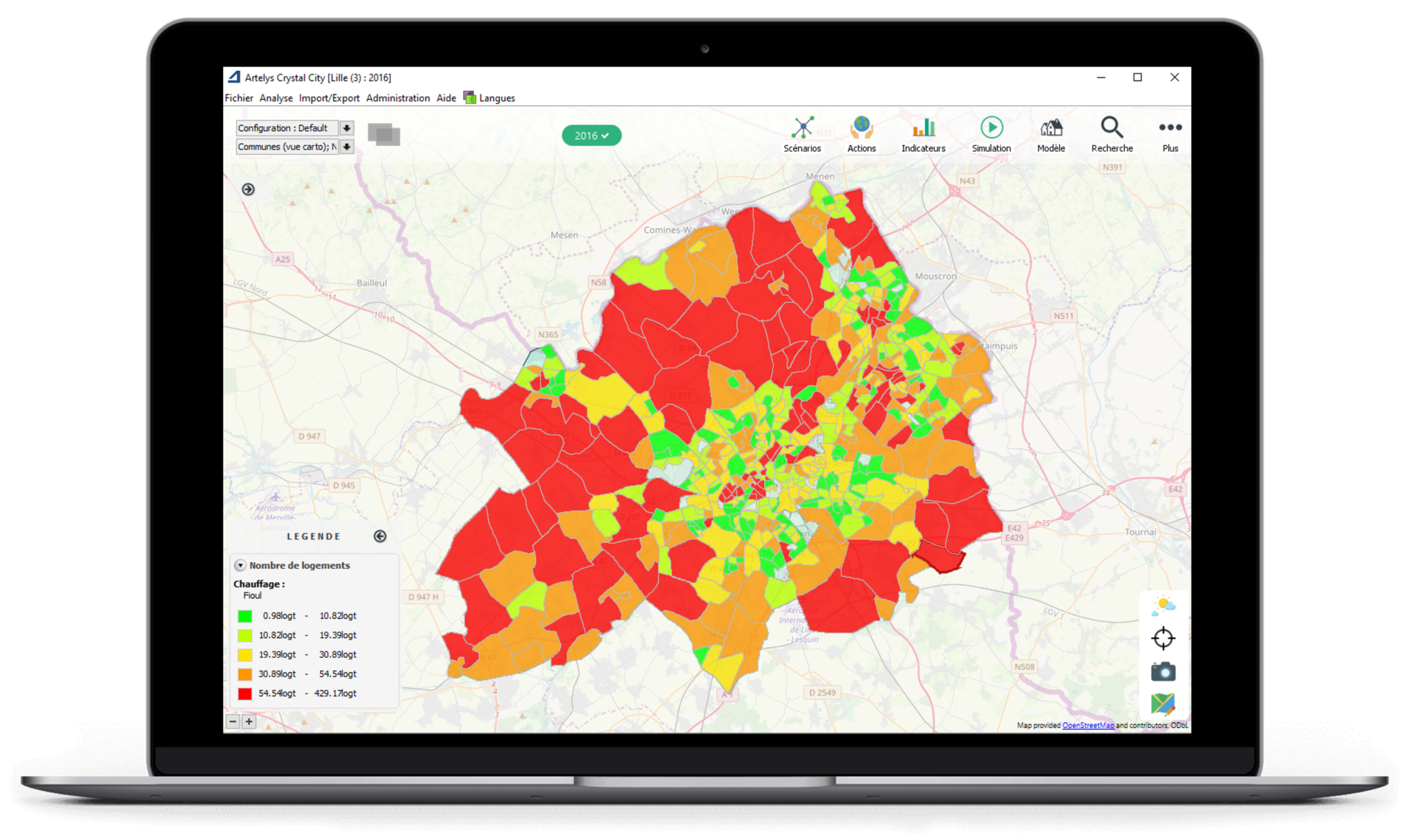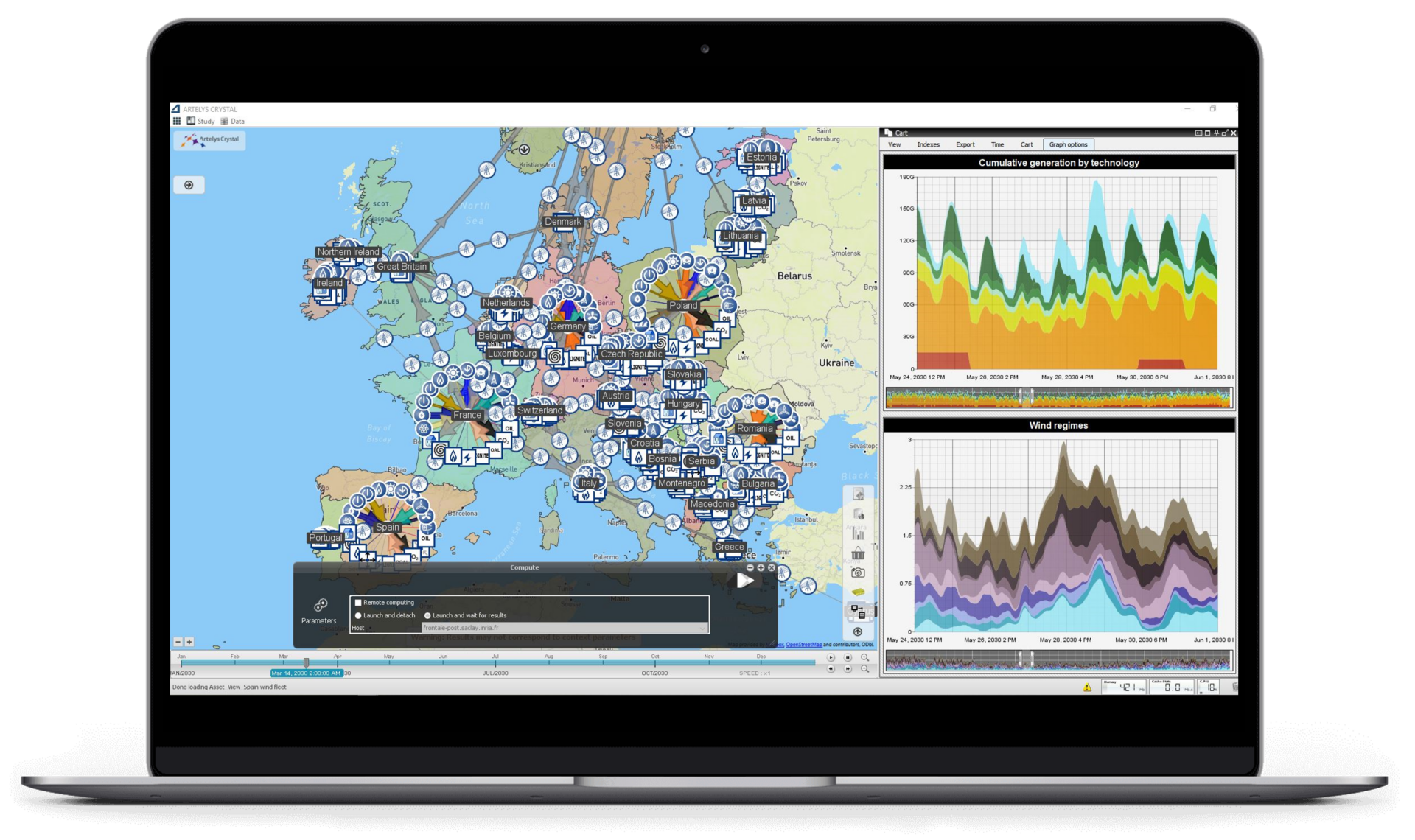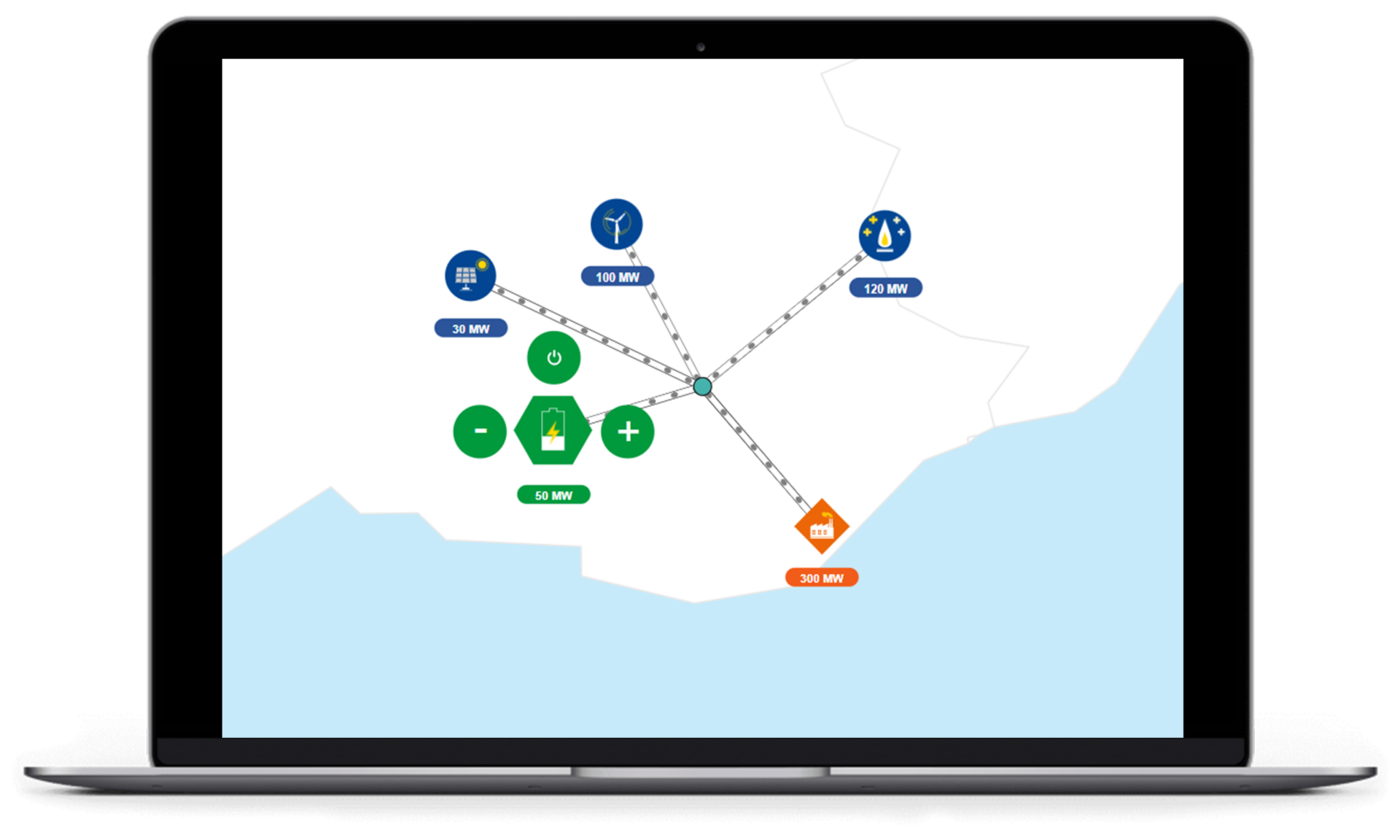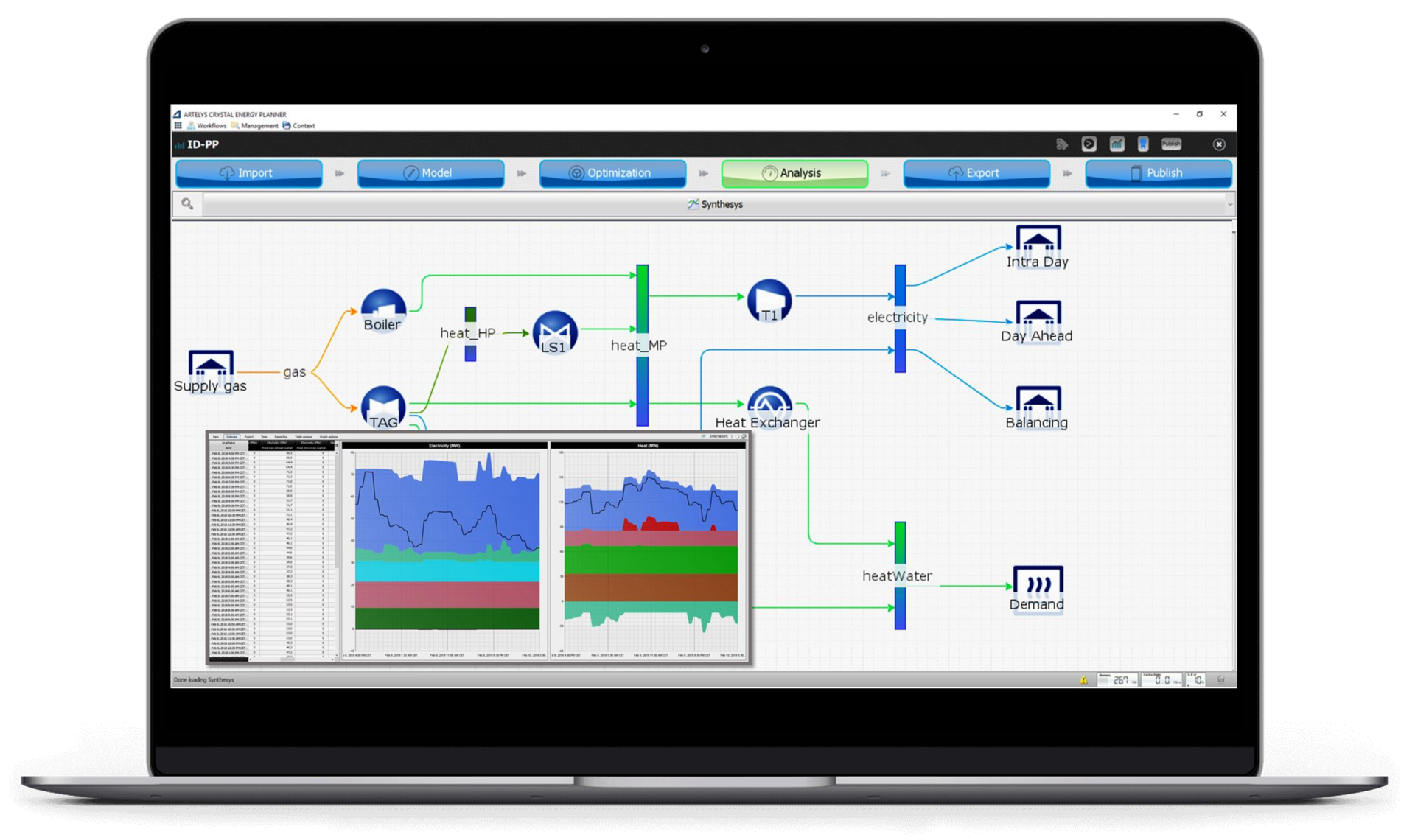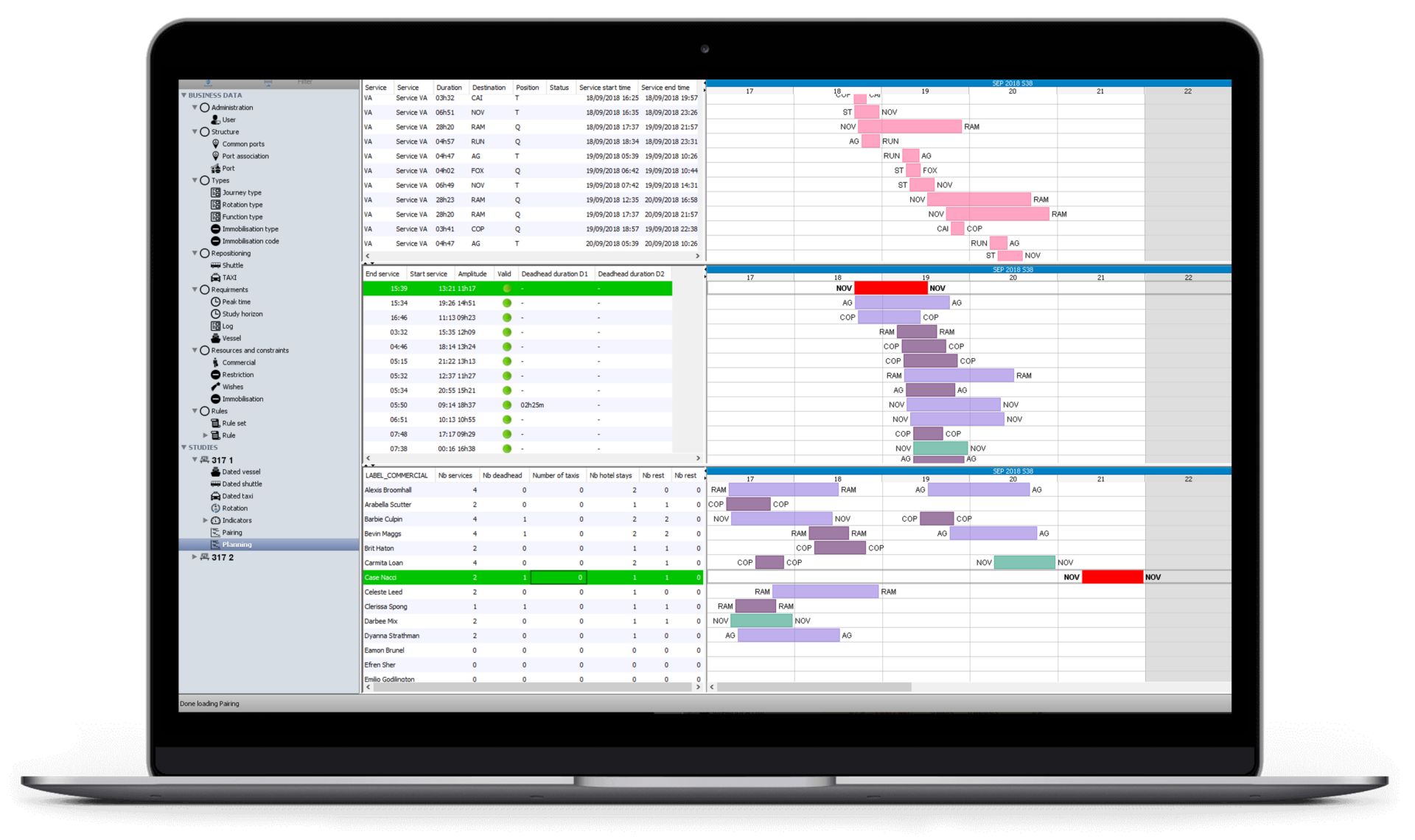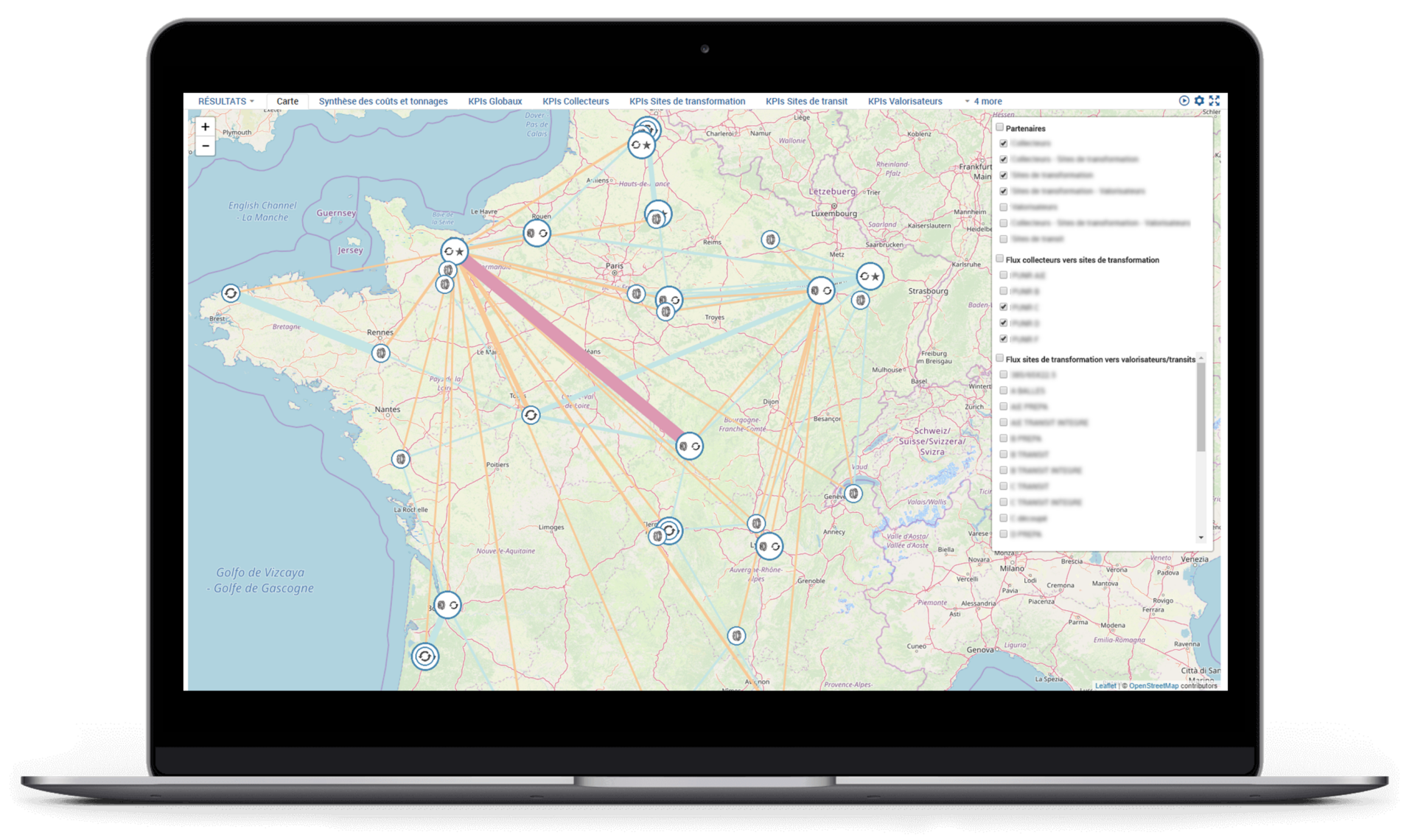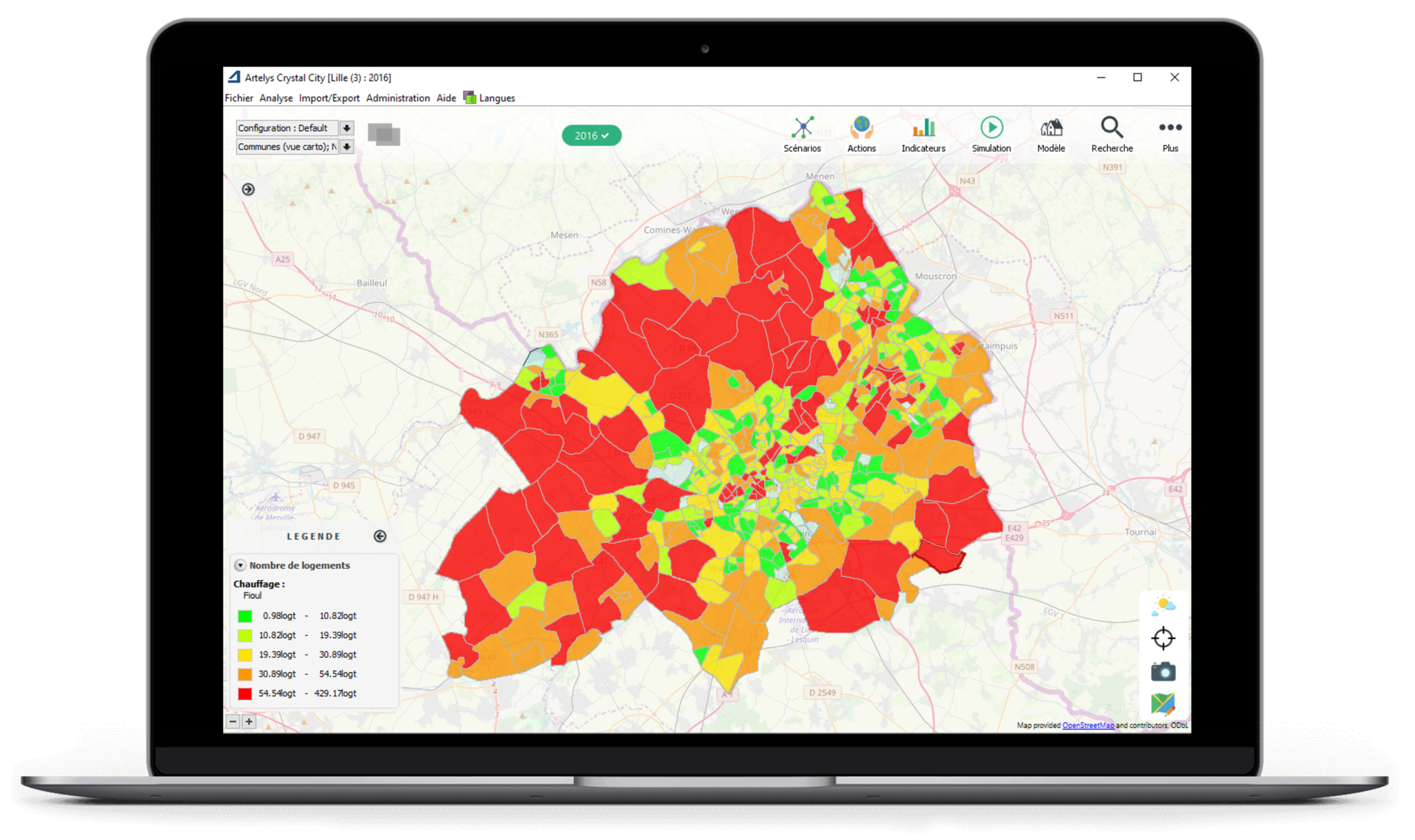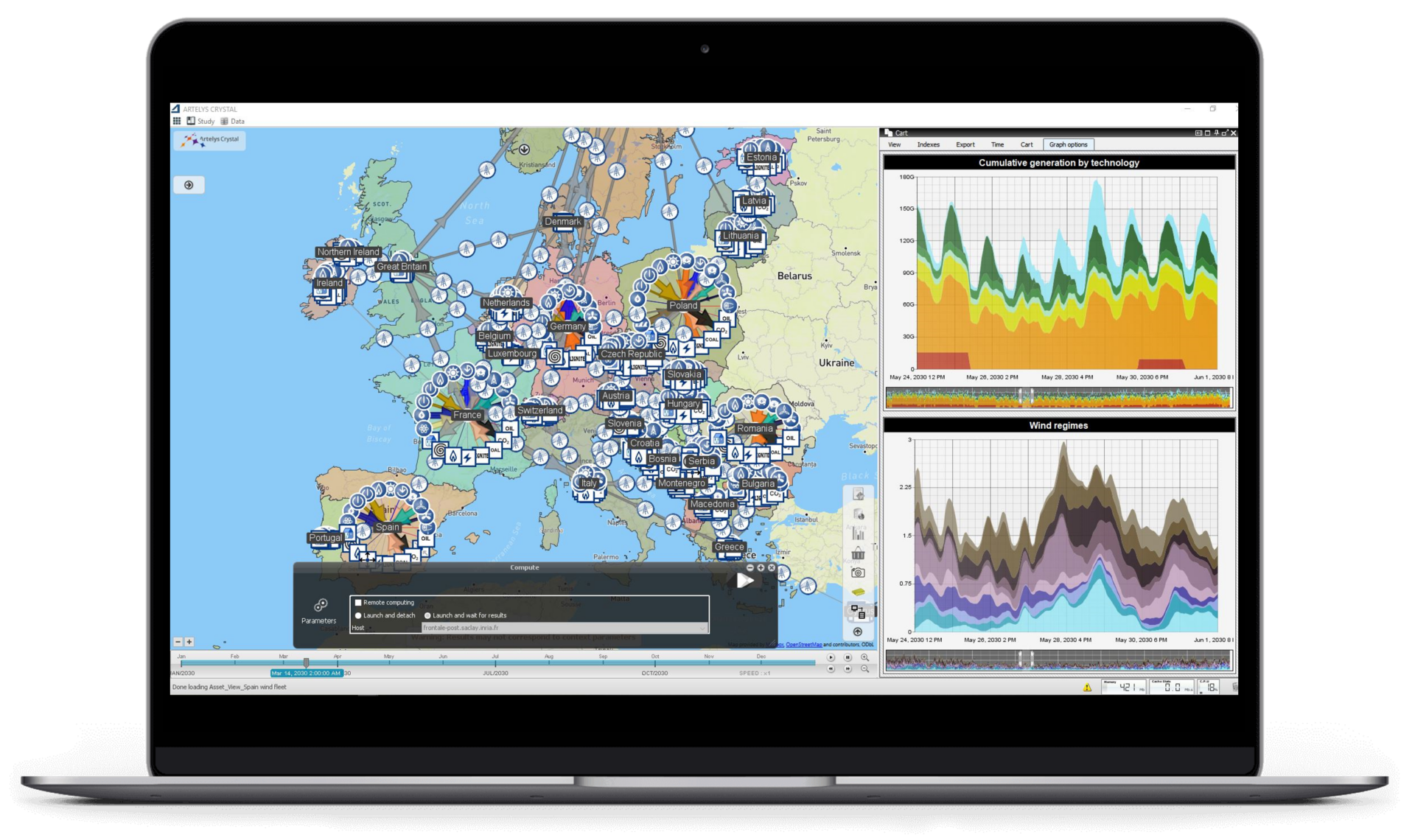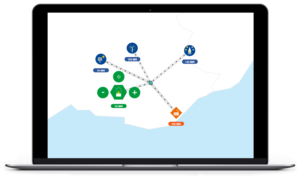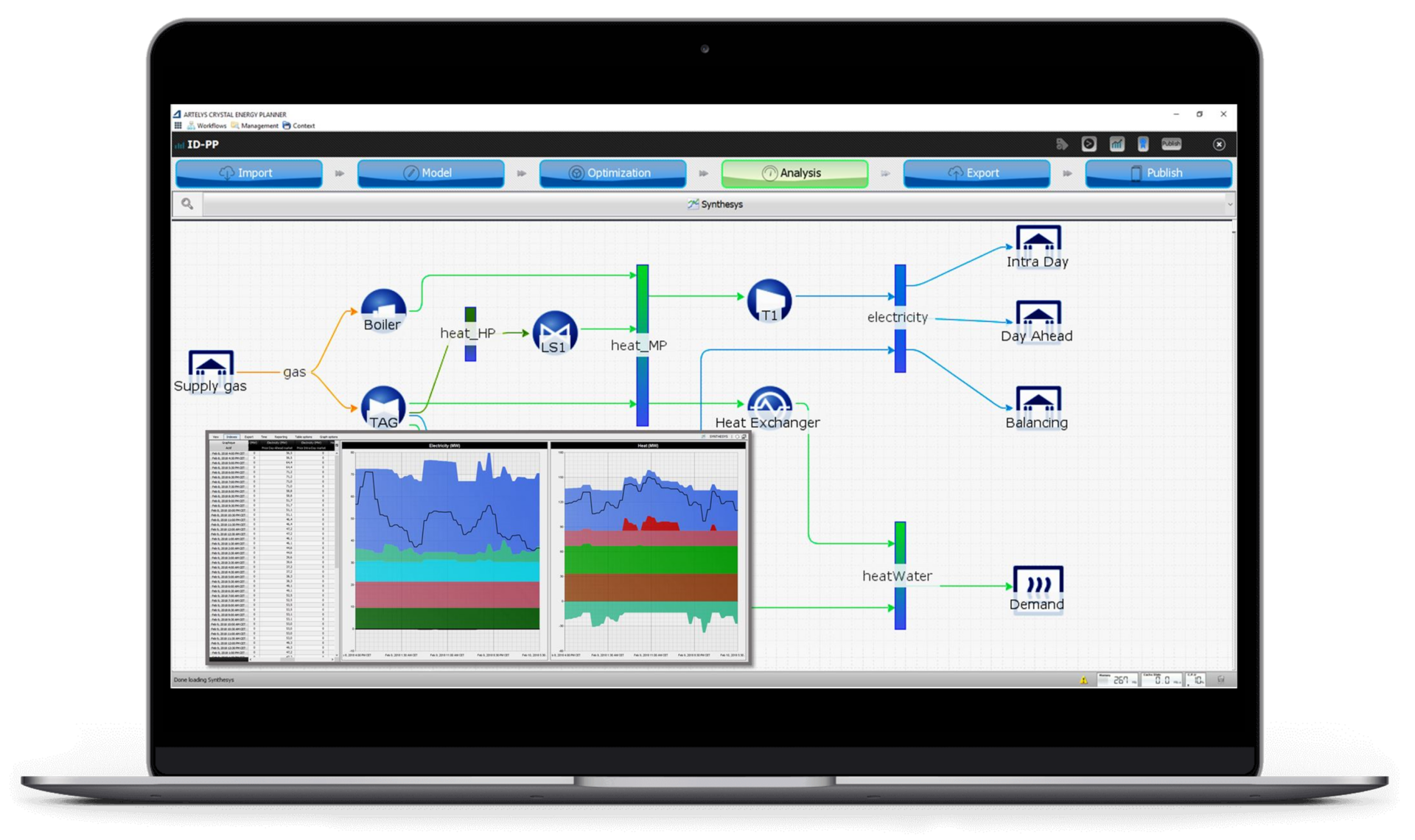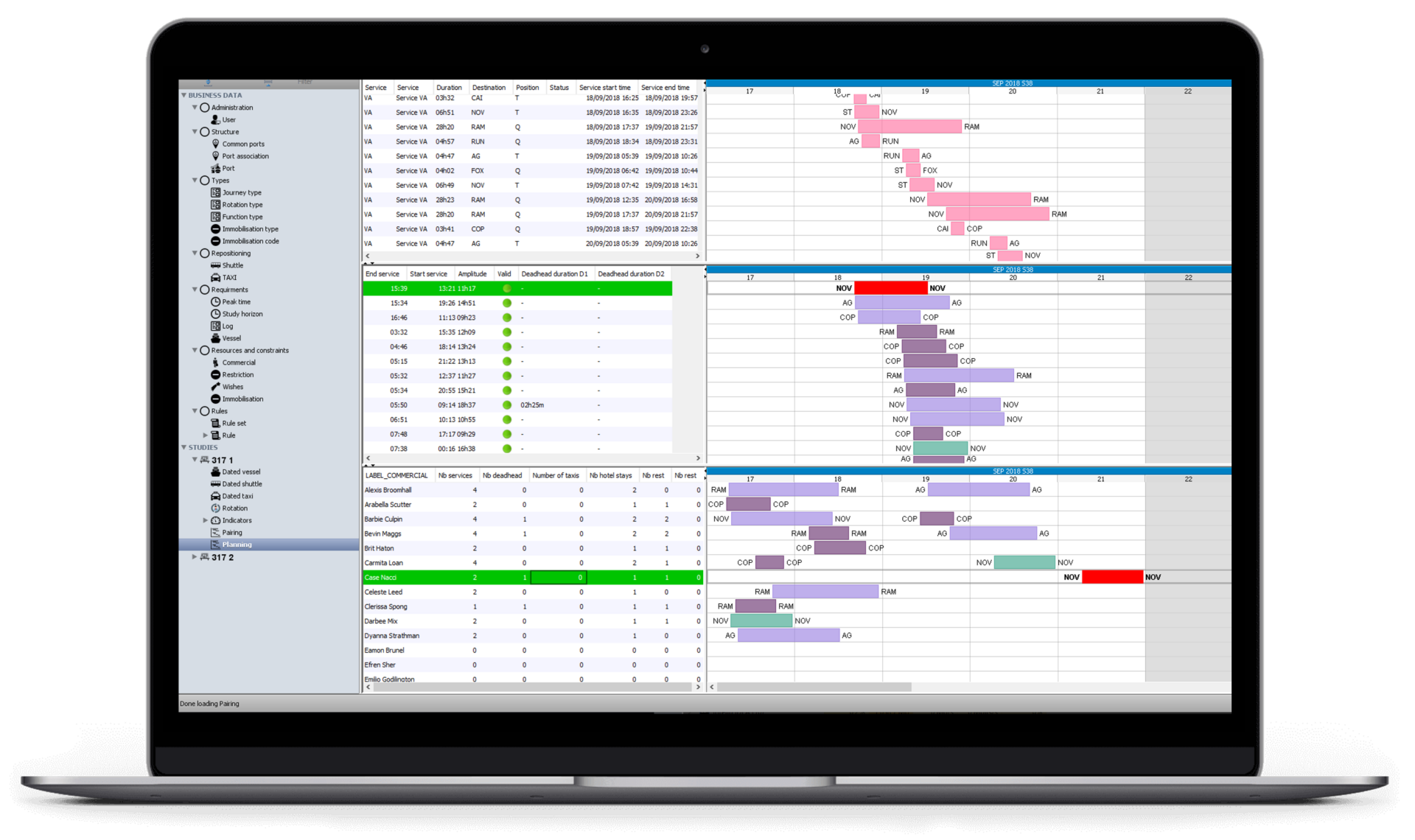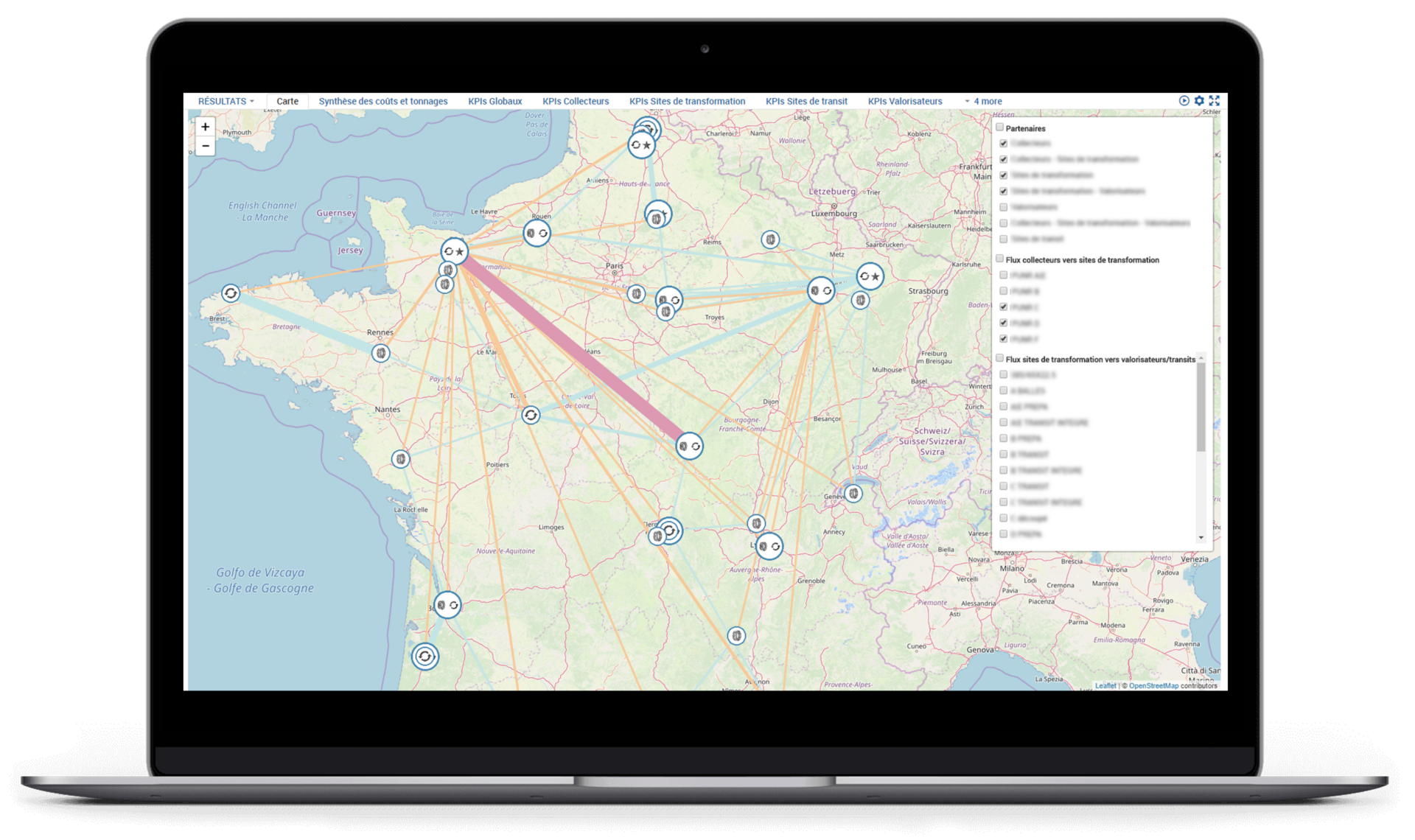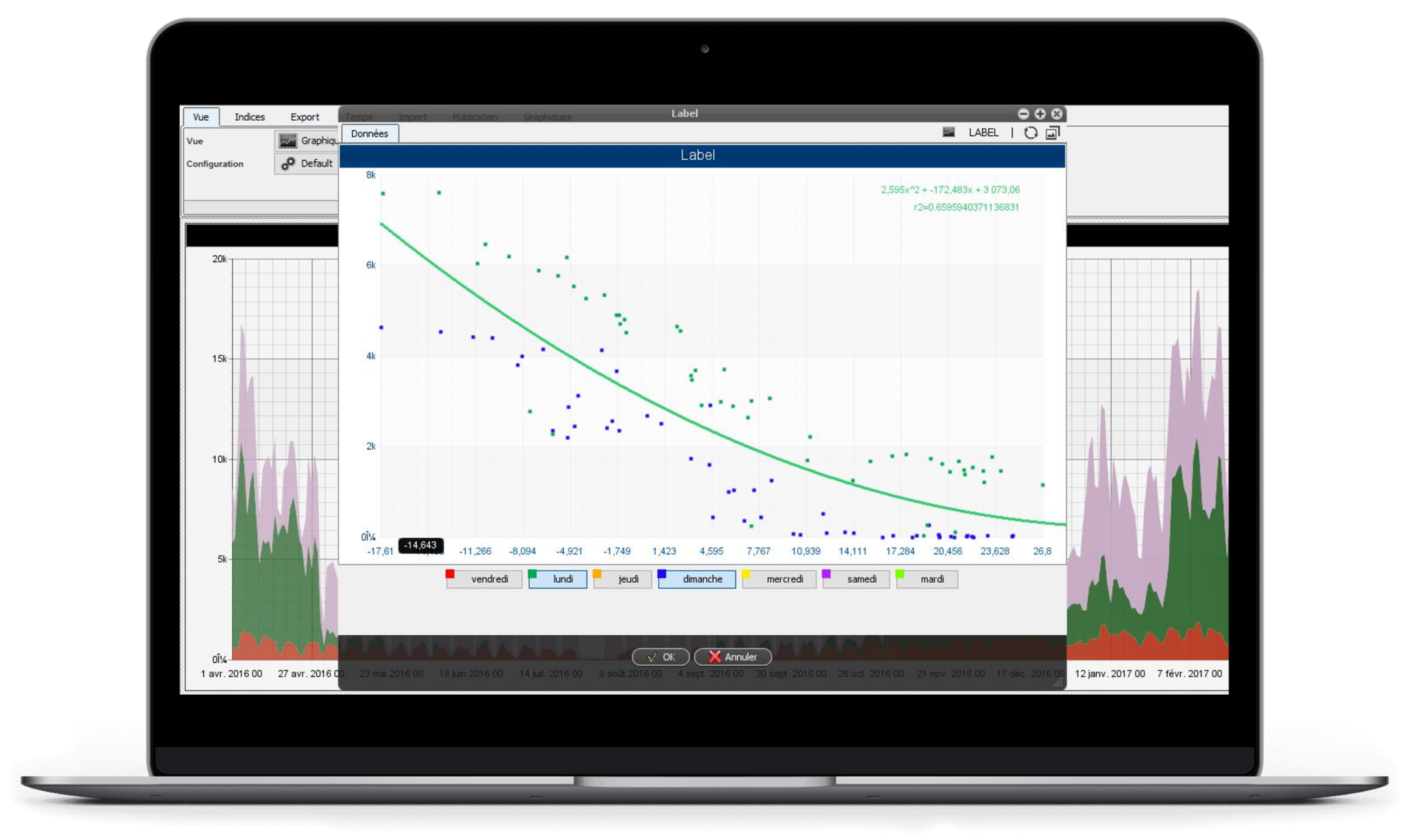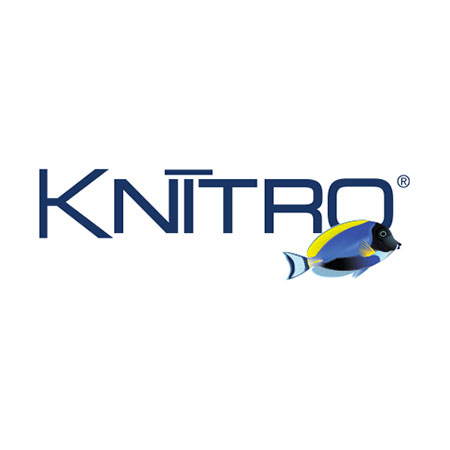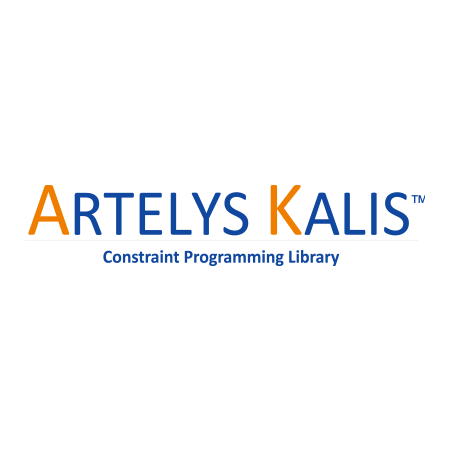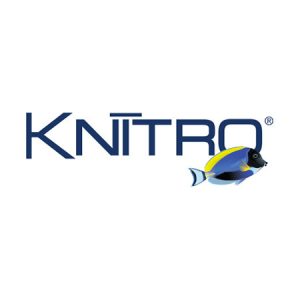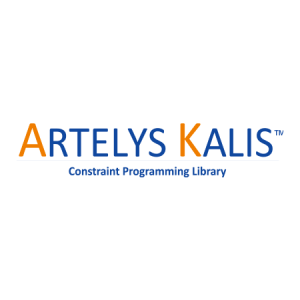all your optimization solutions
Put mathematical programming and artificial intelligence at the service of efficiency
news
Artelys Knitro 15.1: Solve your toughest pooling applications!
Artelys releases Knitro 15.1, bringing a new wave of performance upgrades and usability improvements to help you solve large-scale optimization problems faster than ever.
Swissgrid selects Artelys Crystal Super Grid
Artelys is pleased to announce that Swissgrid, the Swiss electricity Transmission System Operator (TSO), has selected Artelys Crystal Super Grid, our multi-energy simulation solution, to support their strategic planning and system analysis activities.
Artelys led the Assessment of Policy Options for Securing Inertia for the European Commission
The European Commission’s Directorate-General for Energy (DG ENER) selected Artelys (leader), Trinomics, and Tractebel ENGIE to study solutions for ensuring the future frequency stability of the European power system. The study report was published in August 2025 by...
solutions
— Relying on their high level of expertise in quantitative methods, our consultants deliver efficient solutions to complex business problems that best meet the needs of our clients.
Strong skills in Operational Research, Modeling and Decision Support
Recognized know-how in scientific consulting and project management
A business experience of energy, transport and logistics issues
Mastery of methods and tools for numerical optimization and statistical analysis

Numerical components that give you a head start
— Whether it is to model the complex problems that our customers are submitting to us or to provide the Artelys Crystal suite with the most powerful optimization engine, we rely on the most advanced mathematical programming tools in their respective fields.
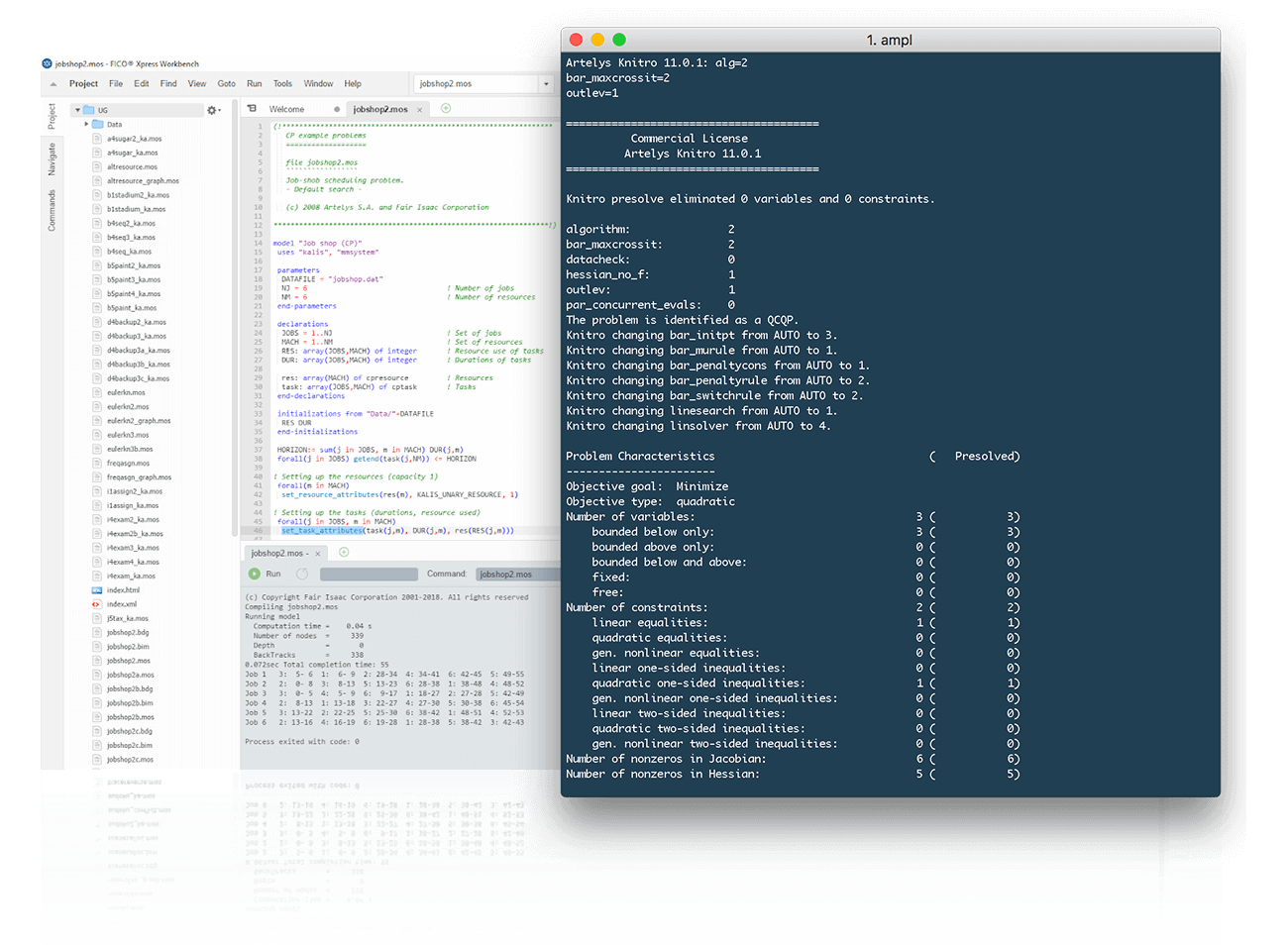
Numerical components that give you a head start
— Whether it is to model the complex problems that our customers are submitting to us or to provide the Artelys Crystal suite with the most powerful optimization engine, we rely on the most advanced mathematical programming tools in their respective fields.

reports
— Discover the results of the technico-economic studies carried out on behalf of our customers using the modeling platform Artelys Crystal.
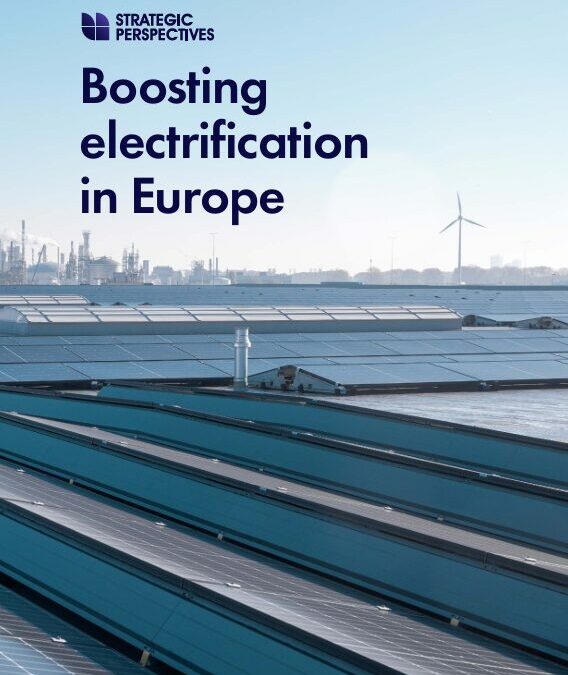
Boosting electrification in Europe
While electrification is a key factor in decarbonisation and central to meeting European climate goals, electricity consumption has stagnated in recent years. Artelys has supported Strategic Perspectives in quantifying the costs and benefits associated with an ambitious electrification scenario for 2040, compared to maintaining current trends.
The analysis has focused on four key technologies: heat pumps for buildings and industry, electric vehicles, and low-carbon steel production. The results show that in an ambitious electrification scenario, the additional savings achieved by reducing fossil fuel imports exceed the over-investments needed in technologies and the electricity system (production, storage, interconnections). In addition, the decrease in imports reduces exposure to price volatility on international markets, strengthening economic resilience.
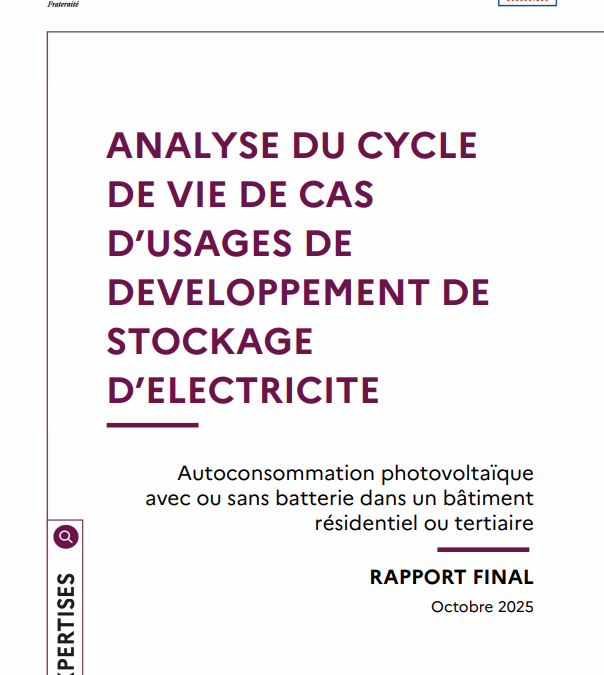
Life cycle analysis of electricity storage use cases – Isolated site
ADEME commissioned Artelys and Gingko21 to conduct a life cycle analysis of use cases for the development of electricity storage. For each use case, Artelys studied the impact of adding storage to the electrical system. This impact is then translated into a life cycle analysis by Gingko21 in order to determine the environmental impact of the storage system.
This second study focuses on the electricity supply for an isolated site. To this end, various supply options are being studied for the isolated village of Kaw in French Guiana: fossil fuels via a diesel generator, renewable energy via the installation of photovoltaic panels with batteries, or a hybrid system. The village of Kaw and the various associated means of production have been modelled using Artelys Crystal Super Grid software.

Life cycle analysis of electricity storage use cases – Self-consumption
ADEME commissioned Artelys and Gingko21 to conduct a life cycle analysis of use cases for the development of electricity storage. For each use case, Artelys studied the impact of adding storage to the electrical system. This impact is then translated into a life cycle analysis by Gingko21 in order to determine the environmental impact of the storage system.
This initial study focuses on the addition of photovoltaic panels for self-consumption, with or without an associated battery storage system, for a single building. The analysis is carried out for two types of buildings (a residential house or an office building) in different geographical areas (France, studied here on the Mediterranean coast – climate zone H3 –, Martinique and Réunion). This study is carried out in a comparative manner to better understand the effects of self-consumption with storage on different electrical systems. The impacts assessed are therefore those resulting from the addition of photovoltaics with or without storage, without seeking to quantify the environmental impacts of all the electricity consumed by the modelled building. In order to assess the impact of different production systems on the electrical system, Artelys modelled the electricity mixes for each geographical area and the buildings studied using Artelys Crystal Super Grid software.
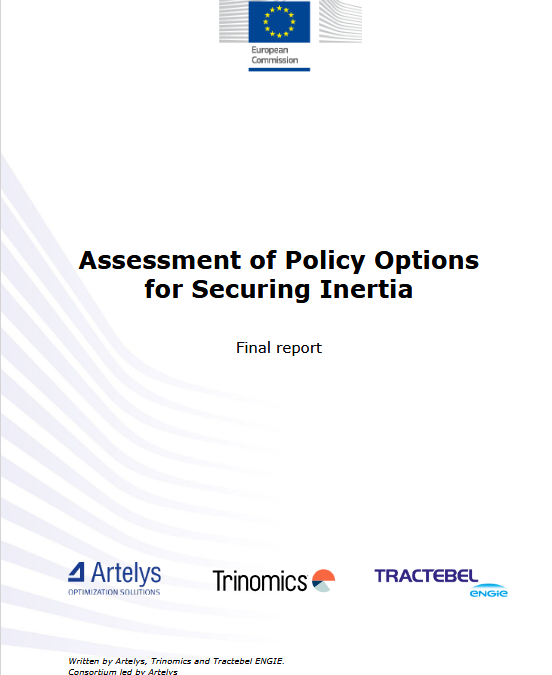
Assessment of Policy Options for Securing Inertia
The European Commission’s DG ENER selected Artelys to analyse solutions for ensuring the frequency stability of the European electricity system in the future. This study analyses the role of inertia and its evolution in the context of asynchronous renewable energy deployment. This work establishes a shared understanding of inertia’s role in power system stability.
The literature review carried out by Artelys focuses on the challenges and risks associated with frequency stability in the electricity system, the definition of inertia, the specification of the physical quantities required to ensure this stability, the fundamentals determining inertia requirements and the definition of associated services. Artelys also analysed the foreseeable evolution of inertia requirements with the energy transition, as well as the existing inertia and fast reserve markets.
Artelys carried out this study with Tractebel ENGIE and Trinomics. Tractebel ENGIE conducted a technology review and a complementary assessment of inertia requirements. Trinomics analysed approaches to securing the supply of inertia and recovering the associated costs. A set of recommendations was formulated for DG ENER.
training
— Take advantage of the skills and experience acquired by Artelys consultants thanks to an original training offer, conceived as a real instrument for sharing knowledge.
subscribe to our newsletters
© ARTELYS • All rights reserved • Legal mentions
